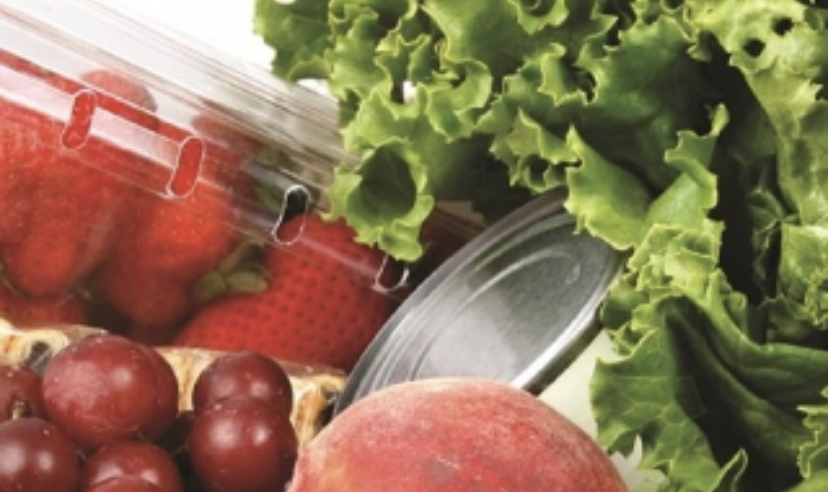Your Family May be Eligible for SNAP Benefits
SNAP is a supplemental nutrition assistance program sponsored by the federal government and administered by the states. SNAP was originally created during the great depression, and debuted in Rochester New York in 1939; over the next four years, the program reached approximately 20-million people. In 1943, it ended because it was deemed no longer necessary, but the program was revived in 1961, and over the years has been both expanded and streamlined. The goal of this program is to improve nutrition among low income households. The program has evolved using technology like the electronic benefits card, and changed its name from food stamps to SNAP to lessen the stigma associated with the program.
Ben Driscoll – a volunteer with the SNAP Program and a member of the Board of Supervisors for Warren County – is aware of the stigma that is associated with food stamps and the SNAP program; he was recently at the Glens Falls High School Community Connections Fair, handing out educational materials as he compared SNAP to the programs that are offered at school: “This school is a government-run facility, and SNAP is a government-run program” he said. Trying to lessen the stigma associated with the program has been a continuing challenge for getting benefits to the families that need them.
There are four common myths about the SNAP program:
Myth: You can not get SNAP benefits if you have a job.
Truth: You may work and still qualify for SNAP benefits.
Myth: SNAP is a welfare program.
Truth: Most SNAP recipients are seniors, children, or working people. SNAP is a nutrition program that helps people buy healthy food when money is tight.
Myth: Other people need SNAP more than I do.
Truth: By receiving SNAP benefits, you are not taking benefits away from another person. Everyone who applies and is determined to be eligible will get SNAP benefits.
Myth: Getting SNAP benefits will hurt my chances of becoming a naturalized citizen.
Truth: No! SNAP benefits do not affect your citizenship application or U.S. Citizenship in general.
The goal of SNAP is to help people buy more nutritious food with less money, so they can prepare quick, easy, and healthy meals safely.
As well-intentioned as the SNAP program is, there are still abuses to the system – individuals sometimes provide false information on their application to receive more benefits, and sometimes recipients give the benefits to a family member or friend; or even sell them for cash.
There is also the issue of people using the benefits and purchasing junk food… Healthy food tends to be more expensive. The Food And Nutrient Act of 2008 states that SNAP recipients can purchase “any food or food product for home consumption”. To combat this, SNAP has extended its reach outside of the grocery store, to try and help people make healthier nutritional choices. SNAP and the USDA provide grants to use SNAP benefits at local farmers’ markets, and also provide nutrition classes through Eat Smart New York.
The goal of SNAP is to supplement the food budget of needy families and help them move towards being self-sufficient. For more information, go to myBenefits.ny.gov.
Maximum SNAP Benefit Allowances:
| Household Size | Maximum Allotment* |
| 1 | $281 |
| 2 | $516 |
| 3 | $740 |
| 4 | $939 |
| 5 | $1,116 |
| 6 | $1,339 |
| 7 | $1,480 |
| 8 | $1,691 |
| For each additional member | $211+ |
